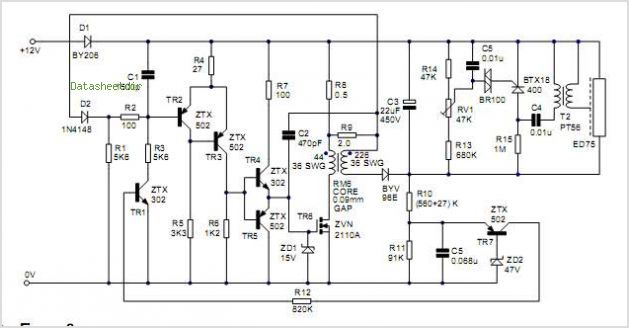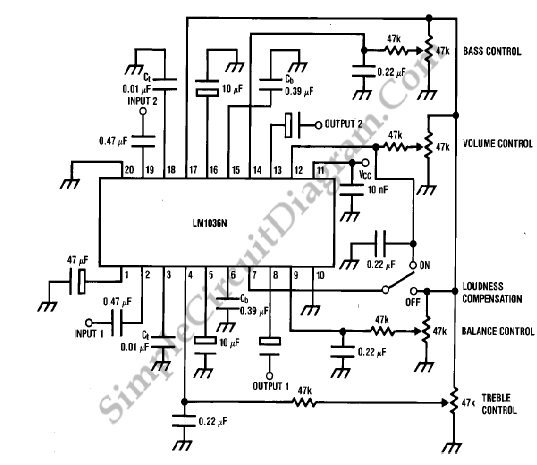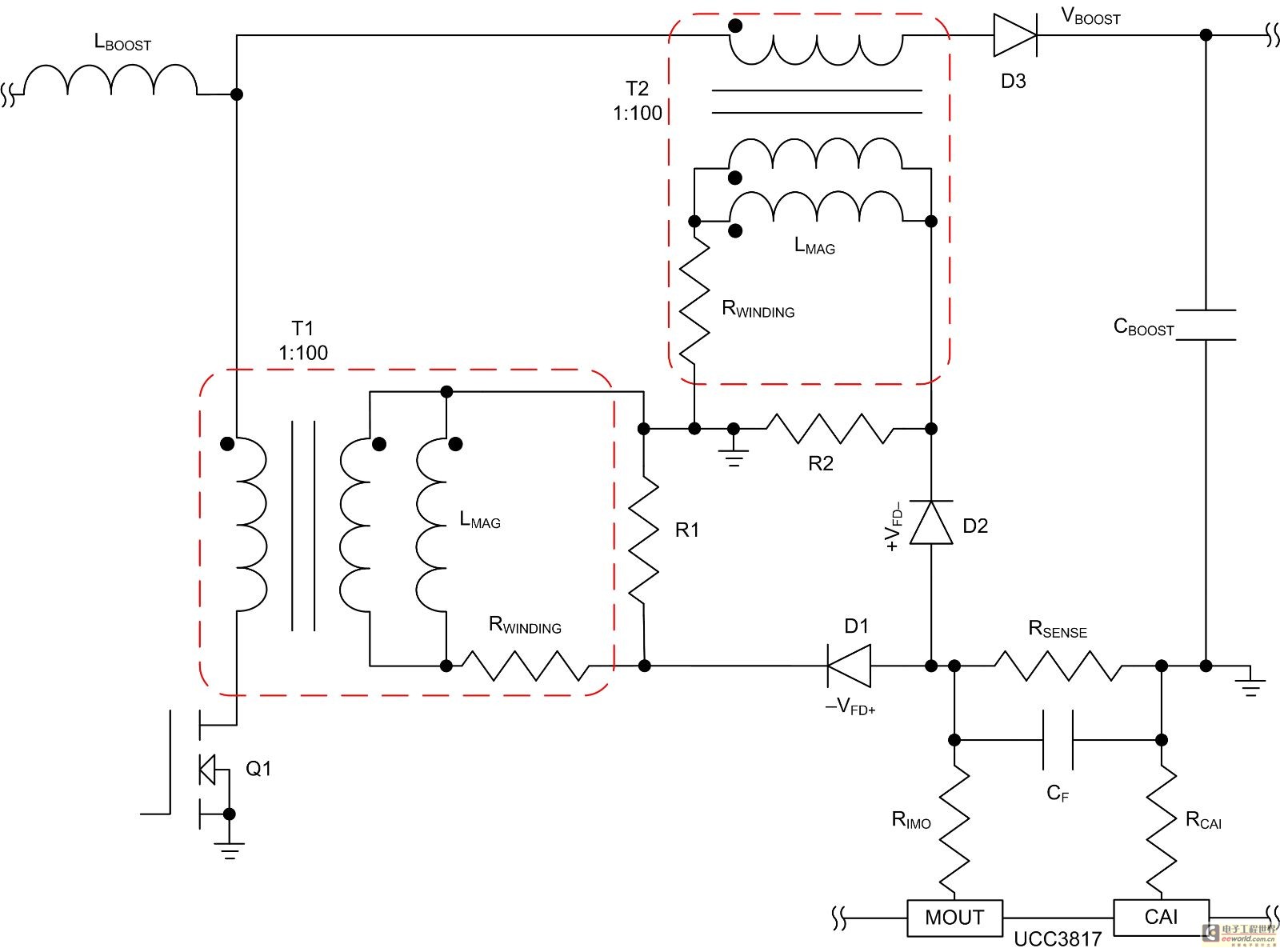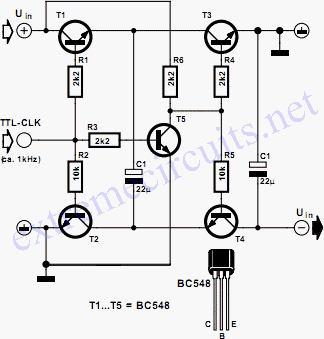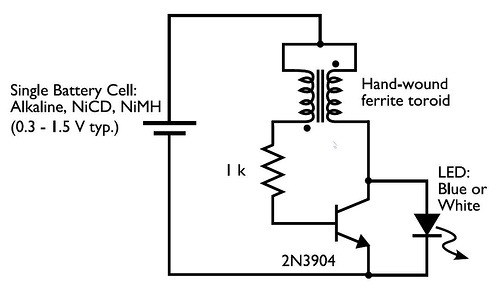
Over Voltage Protection

Safety devices like fuses provide protection against excess current, but do nothing for transients and short duration spikes of high voltage on the power supply lines. This circuit uses the "crowbar" method and provides fast protection against transient voltage spikes, transients that could cause damage to sensitive components. The thyristor will trigger in a few microseconds. This is over 1000 times faster than an ordinary quick blow fuse. If the output voltage exceeds the limit set by the zener, then it will conduct. The voltage across the 4.7k resistor will rise, the thyristor switches on and the power rails are short-circuited. The duration of the short circuit will be only a few milliseconds before the fuse blows. In these few milliseconds the voltage will be greatly reduced. Below is a simulated transient plot, using the TINA program. In the circuit above, and the graph the tr
The described circuit employs a thyristor-based crowbar protection mechanism to safeguard sensitive electronic components from transient voltage spikes. The primary function of this circuit is to provide rapid response to over-voltage conditions, which can occur due to various factors such as inductive load switching, lightning strikes, or other electrical disturbances.
In the circuit, a Zener diode is utilized to establish a predetermined voltage threshold. When the power supply voltage exceeds this threshold, the Zener diode conducts, causing a voltage rise across a connected 4.7k ohm resistor. This voltage increase triggers the thyristor, which is designed to activate within microseconds, effectively creating a low-resistance path to ground. This rapid action results in the power supply rails being short-circuited, thereby diverting excess voltage away from sensitive components.
The duration of the short circuit is critically limited to a few milliseconds, allowing for the immediate reduction of voltage before the primary fuse in the circuit blows. This delay is crucial as it mitigates the risk of damage to components that may not withstand high transient voltages. The fuse serves as a secondary line of defense, ensuring that the circuit is ultimately protected from sustained overcurrent conditions that could arise if the thyristor remains conductive for an extended period.
Simulation tools, such as TINA, can be used to analyze the circuit's performance under transient conditions, providing visual representations of voltage and current waveforms. This simulation can help in understanding the effectiveness of the crowbar circuit in real-world scenarios, illustrating the rapid response time and the effectiveness of the protective measures implemented in the design. Overall, this circuit is an essential component in applications where transient voltage spikes pose a significant risk to electronic devices.Safety devices like fuses provide protection against excess current, but do nothing for transients and short duration spikes of high voltahe on the power supply lines.This circuit uses the "crowbar" method and provides fast protection against transient voltage spikes, transients that could cause damage to sensitive components. The thyristor will trigger in a few microseconds. This is over 1000 times faster than an ordinary quick blow fuse. If the output voltage exceeds the limit set by the zener, then it will conduct. The voltage across the 4.7k resistor will rise, the thyristor switches on and the power rails are short circuited.
The duration of the short circuit will be only a few milliseconds before the fuse blows. In these few milliseconds the voltage will be greatly reduced. Below is a simulated transient plot, using the TINA program. In the circuit above, and the graph the tr 🔗 External reference
The described circuit employs a thyristor-based crowbar protection mechanism to safeguard sensitive electronic components from transient voltage spikes. The primary function of this circuit is to provide rapid response to over-voltage conditions, which can occur due to various factors such as inductive load switching, lightning strikes, or other electrical disturbances.
In the circuit, a Zener diode is utilized to establish a predetermined voltage threshold. When the power supply voltage exceeds this threshold, the Zener diode conducts, causing a voltage rise across a connected 4.7k ohm resistor. This voltage increase triggers the thyristor, which is designed to activate within microseconds, effectively creating a low-resistance path to ground. This rapid action results in the power supply rails being short-circuited, thereby diverting excess voltage away from sensitive components.
The duration of the short circuit is critically limited to a few milliseconds, allowing for the immediate reduction of voltage before the primary fuse in the circuit blows. This delay is crucial as it mitigates the risk of damage to components that may not withstand high transient voltages. The fuse serves as a secondary line of defense, ensuring that the circuit is ultimately protected from sustained overcurrent conditions that could arise if the thyristor remains conductive for an extended period.
Simulation tools, such as TINA, can be used to analyze the circuit's performance under transient conditions, providing visual representations of voltage and current waveforms. This simulation can help in understanding the effectiveness of the crowbar circuit in real-world scenarios, illustrating the rapid response time and the effectiveness of the protective measures implemented in the design. Overall, this circuit is an essential component in applications where transient voltage spikes pose a significant risk to electronic devices.Safety devices like fuses provide protection against excess current, but do nothing for transients and short duration spikes of high voltahe on the power supply lines.This circuit uses the "crowbar" method and provides fast protection against transient voltage spikes, transients that could cause damage to sensitive components. The thyristor will trigger in a few microseconds. This is over 1000 times faster than an ordinary quick blow fuse. If the output voltage exceeds the limit set by the zener, then it will conduct. The voltage across the 4.7k resistor will rise, the thyristor switches on and the power rails are short circuited.
The duration of the short circuit will be only a few milliseconds before the fuse blows. In these few milliseconds the voltage will be greatly reduced. Below is a simulated transient plot, using the TINA program. In the circuit above, and the graph the tr 🔗 External reference
